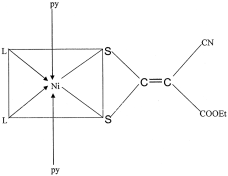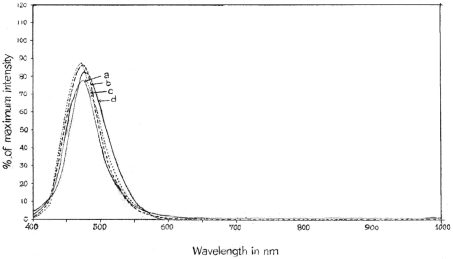Microsoft word - marriage under pressure
Marriage under pressure "I thought marriage would be breeze, living with the person I love all the time, sex without worries or guilt. No one mentioned the down side." Ernest Hemingway was a brilliant writer, but he said, "Life is just a dirty trick a journey from nothingness to nothingness." He married four times, became an alcoholic and committed suicide. L

 J. Indian Chem. Soc., Vol. 90, February 2013
complexes indicates symmetrical bonding of both the sul-
which are very close to emission band at 476 nm ob-
phur atoms of the ligand to the metal ion26.
J. Indian Chem. Soc., Vol. 90, February 2013
complexes indicates symmetrical bonding of both the sul-
which are very close to emission band at 476 nm ob-
phur atoms of the ligand to the metal ion26.